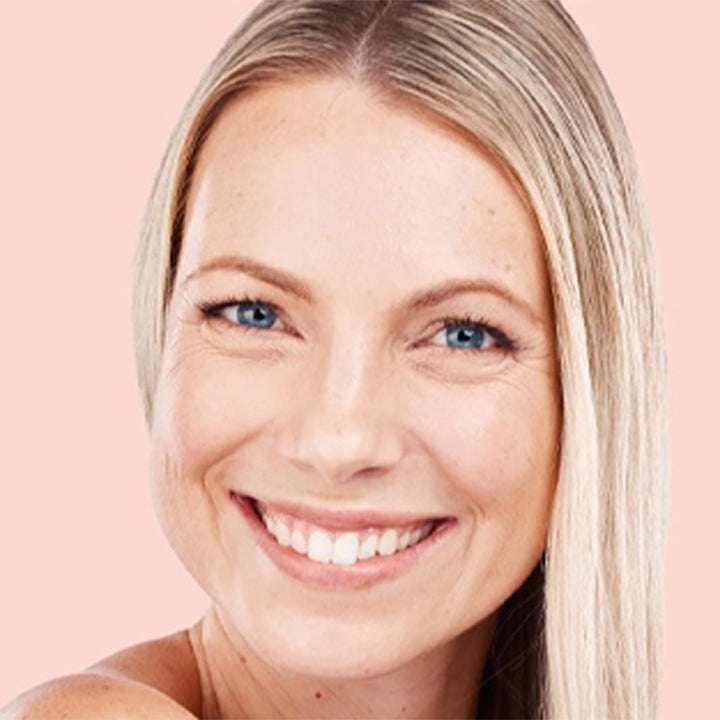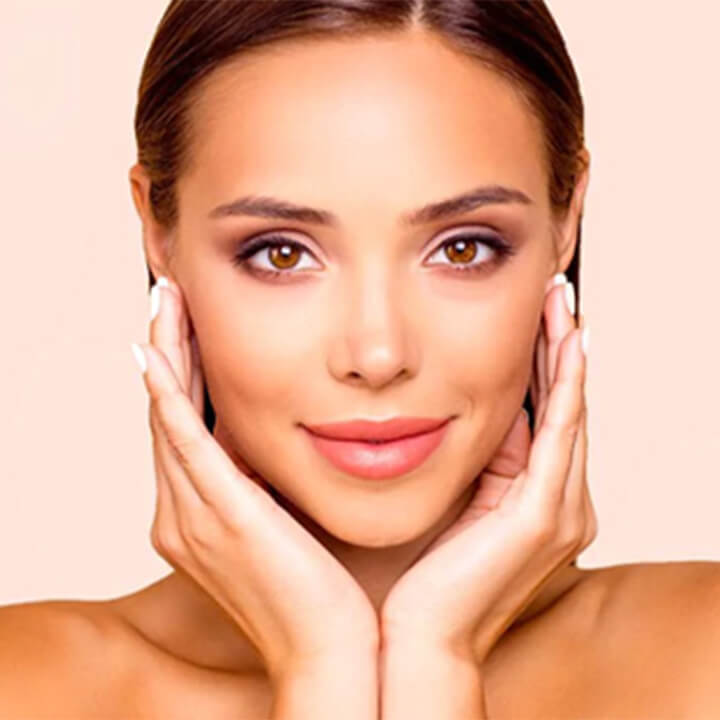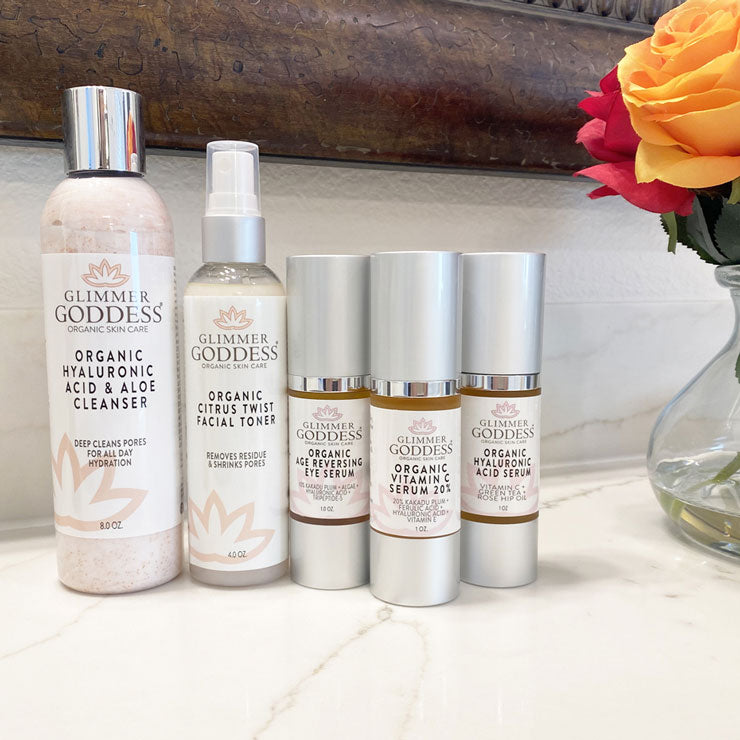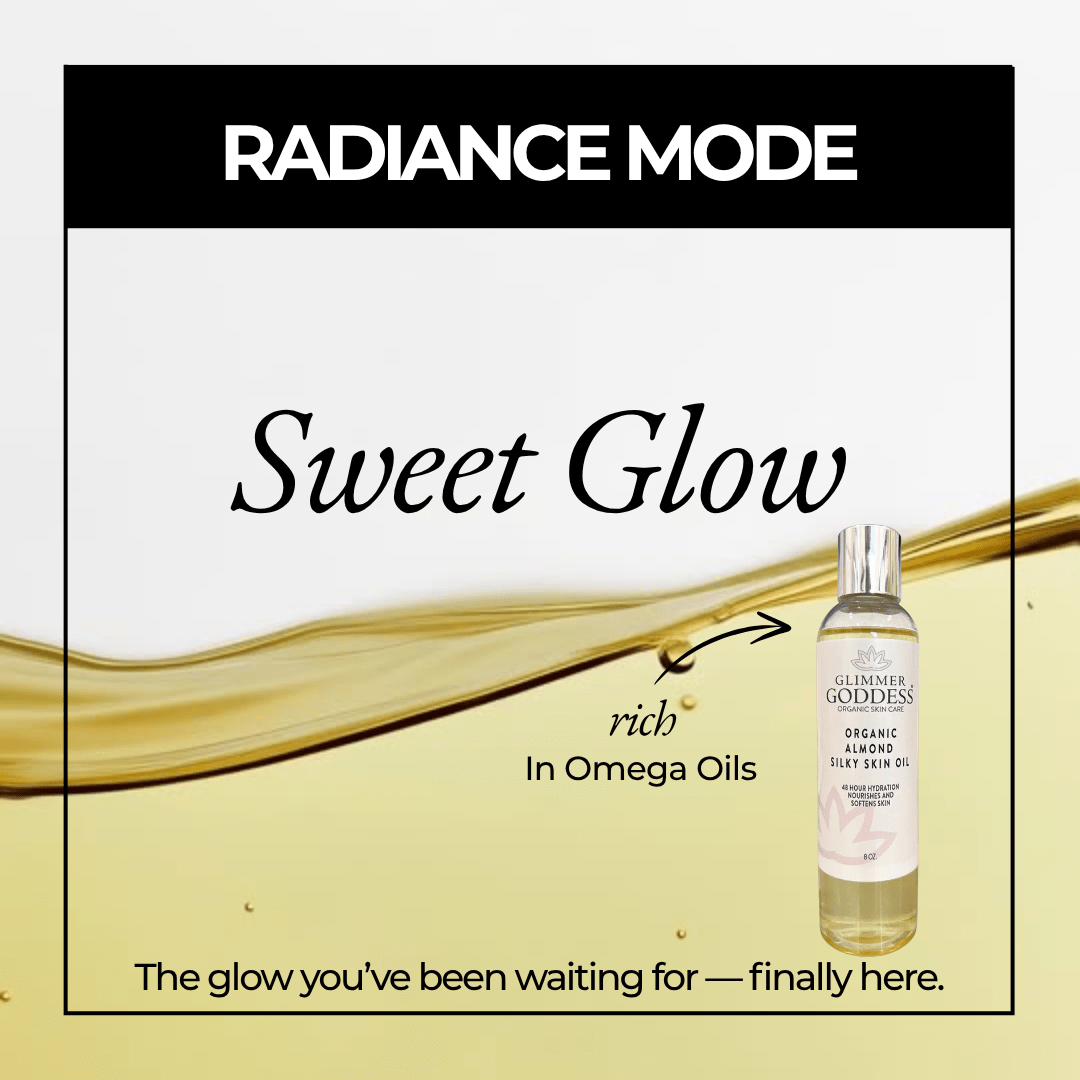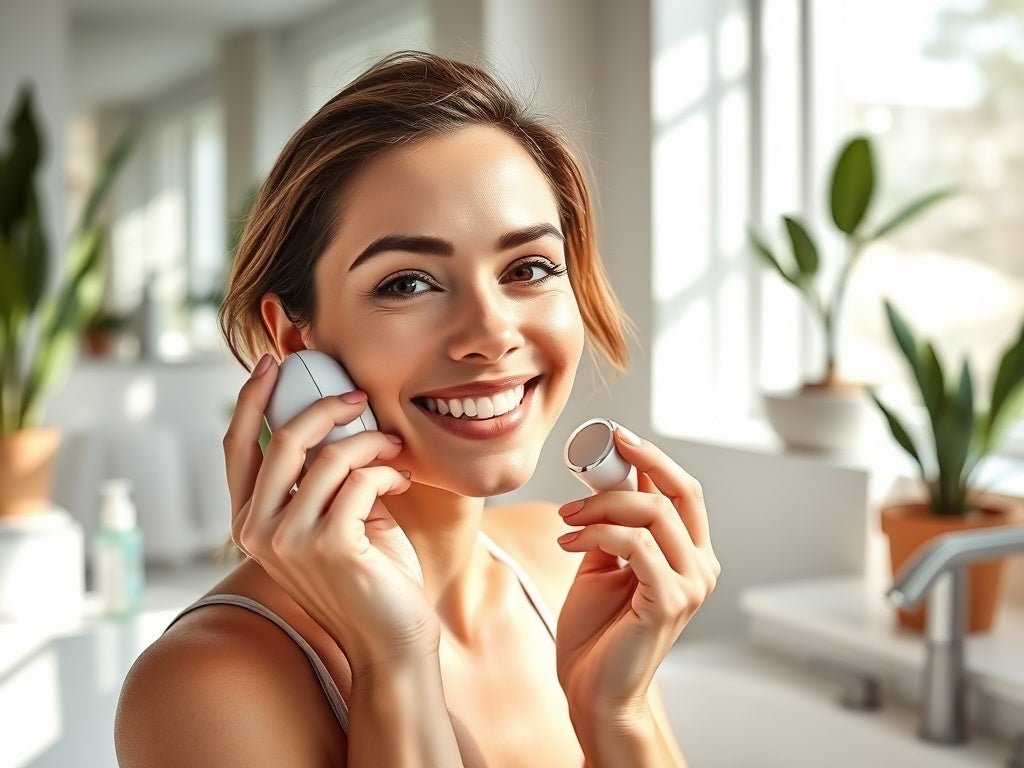
Ditch the Buzzwords: Navigating the World of Clean Beauty and Ingredient Safety
The Rise of Clean Beauty: Sustainable Skincare and Ingredient Transparency
The clean beauty movement is redefining skincare and cosmetics by focusing on safe, natural, and ethically-sourced ingredients. In this blog, we explore the rise of clean beauty, the importance of ingredient transparency, and the innovative trends shaping the industry. Join us as we navigate through the critical information you need to make informed beauty choices.
Why Clean Beauty Matters: Safe, Natural, and Transparent Skincare Choices
How is Clean Beauty Defined?
Clean beauty is a rapidly growing trend that has captured the attention of conscious consumers worldwide. But what exactly is clean beauty, and how does it differ from traditional cosmetic and skincare products?
Clean beauty encompasses a holistic approach to personal care, focusing on the use of safe, natural, and ethically-sourced ingredients. It is a movement that prioritizes transparency, sustainability, and the overall well-being of both the individual and the environment.
- Clean beauty products typically avoid the use of synthetic chemicals, preservatives, and other potentially harmful additives that have been linked to various health concerns.
- Instead, clean beauty brands often rely on plant-based, organic, and naturally-derived ingredients to nourish and protect the skin.
- The clean beauty ethos emphasizes the importance of understanding and being aware of the ingredients in the products we use, with the goal of making more informed and responsible choices.
What Ingredients Should You Avoid?
When it comes to clean beauty, certain ingredients are often flagged as concerning and are recommended to be avoided. Understanding these problematic ingredients can help you make more informed decisions about the products you choose to use.
Some of the key ingredients that are commonly avoided in clean beauty products include parabens, phthalates, sulfates, synthetic fragrances, and formaldehyde-releasing preservatives.
- Parabens are a class of preservatives used in many cosmetic and personal care products, but they have been linked to potential hormone disruption and increased breast cancer risk.
- Phthalates are often used to improve the longevity and scent of products, but they have been associated with reproductive and developmental issues.
- Sulfates, such as sodium lauryl sulfate and sodium laureth sulfate, are known to be harsh cleansers that can strip the skin of its natural oils and lead to irritation.
- Synthetic fragrances can contain a cocktail of chemicals that may cause allergic reactions, headaches, and other health concerns.
- Formaldehyde-releasing preservatives, such as quaternium-15 and DMDM hydantoin, have been linked to cancer and skin irritation.
Is Clean Beauty Always Safer?
While the clean beauty movement has undoubtedly gained significant momentum, it's important to understand that the term "clean" is not always synonymous with "safer" or "healthier." There are nuances and complexities to consider when evaluating the safety and efficacy of clean beauty products.
One of the primary challenges with clean beauty is the lack of a universal, standardized definition or regulation. This means that individual brands and manufacturers may have different interpretations of what constitutes a "clean" product, leading to a range of product formulations and claims.
- Some clean beauty products may still contain ingredients that some consumers may want to avoid, such as essential oils or natural preservatives that can be irritating for certain skin types.
- Additionally, the term "natural" does not necessarily mean that a product is inherently safer or more effective than its synthetic counterparts. Many natural ingredients can still cause allergic reactions or skin irritation.
- It's important for consumers to carefully research and understand the ingredients in the clean beauty products they are considering, as well as to consult with healthcare professionals or dermatologists to determine what works best for their individual needs and skin type.
The clean beauty movement has undoubtedly brought important conversations about transparency, sustainability, and personal care to the forefront. However, it's crucial for consumers to approach clean beauty with a discerning eye, focusing on the specific ingredients and formulations rather than relying solely on broad marketing claims. By educating themselves and making informed choices, individuals can navigate the complex world of clean beauty and find products that truly align with their values and support their overall well-being.
Decoding the Beauty Labyrinth: Unlocking the Secrets of Ingredient Transparency
How Can You Decode Beauty Labels?
In the ever-evolving world of beauty and personal care, navigating the complex landscape of product labels can be a daunting task. Consumers today are more discerning than ever, seeking to make informed choices about the products they use. Understanding the language of beauty labels is the first step towards making empowered decisions.
Unraveling the Mysteries of Ingredient Lists
- The key to decoding beauty labels lies in understanding the ingredient lists. These lists provide a wealth of information about the composition of the product.
- Look for familiar, easy-to-pronounce ingredients, as these are often more natural and safer options.
- Be wary of long, complex-sounding chemical names, as these may indicate the presence of synthetic or potentially harmful additives.
- Pay attention to the order of the ingredients, as the ones listed first are present in the highest concentrations.
Identifying Certification Seals and Labels
- Certification seals and labels can provide valuable insights into the quality and integrity of a product.
- Look for seals from reputable organizations, such as USDA Organic, Leaping Bunny, or Cruelty-Free, which indicate adherence to specific standards.
- These certifications can help you identify products that are free from certain ingredients, environmentally friendly, or ethically produced.
Navigating Confusing Terminology
- Beauty brands often use ambiguous or misleading terms on their labels, such as "natural," "clean," or "sustainable."
- Research the true meaning and requirements behind these claims to ensure they align with your values and expectations.
- Remember that just because a product is labeled as "natural" or "organic," it does not necessarily mean it is free from potentially harmful ingredients.
What is the Importance of Ingredient Transparency?
In an industry rife with marketing claims and opaque ingredient lists, ingredient transparency has become a critical issue for conscious consumers. The demand for transparency is driving a shift in the beauty industry, as brands are increasingly called upon to disclose the full composition of their products.
Empowering Informed Choices
- Ingredient transparency allows consumers to make informed decisions about the products they use, ensuring they align with their personal health and environmental concerns.
- With access to comprehensive ingredient information, individuals can avoid substances they may be allergic to or wish to exclude from their routine.
- Transparency also enables consumers to support brands that align with their values, such as those that prioritize sustainability or ethical sourcing.
Fostering Trust and Accountability
- Transparency in the beauty industry fosters a sense of trust between brands and consumers.
- When brands are upfront about their ingredient lists and manufacturing processes, it demonstrates a commitment to honesty and integrity.
- This trust can lead to greater brand loyalty and a stronger connection between the consumer and the product.
Driving Innovation and Safer Formulations
- Ingredient transparency has the power to drive innovation in the beauty industry, as brands strive to meet the growing demand for safer, more transparent products.
- Brands that are transparent about their ingredients are more likely to use high-quality, carefully-vetted ingredients, leading to the development of more sustainable and effective formulations.
- This push for transparency can also encourage the industry as a whole to phase out the use of potentially harmful or controversial ingredients.
Are All Natural Ingredients Safe?
In the beauty industry, the term "natural" has become a buzzword, leading many consumers to assume that natural ingredients are inherently safe and beneficial. However, the reality is far more complex, as not all natural ingredients are created equal when it comes to safety and efficacy.
The Nuance of Natural Ingredients
- Just because an ingredient is derived from natural sources, it does not automatically mean it is safe or non-toxic.
- Many natural ingredients can still cause irritation, allergic reactions, or other adverse effects, depending on the individual's sensitivity and the concentration used in the product.
- It's important to research the specific natural ingredients in a product and understand their potential risks and benefits.
The Importance of Dosage and Concentration
- The safety of natural ingredients is often dependent on the dosage and concentration used in a product.
- Even seemingly benign natural ingredients can be harmful if used in excessive amounts or in the wrong formulation.
- Responsible brands will carefully formulate their products to ensure the safe and effective use of natural ingredients.
The Role of Synthetic Ingredients
- While synthetic ingredients are often demonized, not all synthetic ingredients are inherently unsafe or harmful.
- In fact, some synthetic ingredients are designed to be safer, more stable, and more effective than their natural counterparts.
- The key is to evaluate each ingredient, whether natural or synthetic, based on its individual properties and the way it is used in the product.
Navigating the beauty label landscape requires a discerning eye and a willingness to dig deeper. By understanding the language of ingredient lists, recognizing certification seals, and being aware of the nuances of natural and synthetic ingredients, consumers can make informed choices that align with their personal values and wellbeing. Ingredient transparency is not just a trend; it is a fundamental driver of trust, innovation, and safer formulations in the beauty industry.
The Rise of Clean Beauty: Embracing Conscious Consumerism
What Are the Latest Trends in Clean Beauty?
In the ever-evolving world of beauty, consumers are becoming increasingly mindful of the products they use and the impact they have on their health and the environment. The clean beauty movement has gained significant momentum in recent years, with a growing demand for more transparent, safe, and sustainable cosmetics and skincare.
Consumers Seeking Natural and Organic Ingredients
- Consumers are prioritizing natural, organic, and non-toxic ingredients in their beauty products, moving away from synthetic chemicals and harsh additives.
- They are seeking out brands that use high-quality, plant-based, and ethically-sourced ingredients that are gentle on the skin and the planet.
- The demand for organic certifications and clean ingredient lists has led to a surge in the popularity of clean beauty brands that cater to this growing consumer preference.
Rise of Multifunctional and Minimalist Skincare
- Simplicity and efficiency are becoming key trends in the clean beauty space, with consumers gravitating towards minimalist skincare routines.
- Multifunctional products that address multiple skin concerns in a single formula are gaining traction, as people look to streamline their beauty regimens.
- This trend aligns with the clean beauty ethos, as it reduces the number of products needed and limits the exposure to a wide range of ingredients.
Sustainability and Eco-Friendly Packaging
- Consumers are becoming more conscious of the environmental impact of their beauty purchases, leading to a demand for sustainable and eco-friendly packaging.
- Clean beauty brands are responding by using recyclable, biodegradable, or refillable packaging options, reducing waste and promoting a more sustainable beauty industry.
- This shift towards greener packaging is not only appealing to eco-conscious consumers but also aligns with the broader clean beauty movement.
How Are Brands Innovating with Safe Ingredients?
As the clean beauty landscape continues to evolve, brands are at the forefront of innovation, exploring new and safer alternatives to traditional beauty ingredients. These efforts aim to provide consumers with high-performing, yet conscientious, products that prioritize their health and well-being.
Advancements in Natural and Synthetic Alternatives
- Clean beauty brands are investing in research and development to discover innovative natural and synthetic alternatives to commonly used ingredients that may be potentially harmful.
- These alternative ingredients are carefully selected to ensure they are safe, effective, and environmentally friendly, meeting the growing demand for clean and sustainable beauty products.
- By embracing these advancements, brands are able to formulate high-quality products that deliver the desired results without compromising consumer safety or the environment.
Transparency and Ingredient Traceability
- Transparency has become a key focus for clean beauty brands, with a strong emphasis on providing detailed information about the sourcing and composition of their products.
- Consumers are increasingly demanding to know the origins of the ingredients used, as well as the manufacturing processes and ethical practices behind the brands they support.
- Clean beauty brands are responding by implementing rigorous traceability measures, allowing consumers to make informed choices and build trust in the products they use.
Personalized and Customizable Formulations
- The clean beauty movement has also given rise to a trend towards personalized and customizable skincare and cosmetic products.
- Brands are leveraging advanced technology and in-depth consumer insights to develop formulations tailored to individual skin types, concerns, and preferences.
- This personalized approach not only addresses the unique needs of consumers but also aligns with the clean beauty ethos, as it reduces waste and ensures the use of only the necessary ingredients.
What Role Does Sustainability Play in Clean Beauty?
Sustainability has become a driving force in the clean beauty industry, as brands and consumers alike recognize the importance of minimizing the environmental impact of their beauty routines. From sourcing to packaging, the clean beauty movement is redefining the way the industry approaches sustainability.
Ethical and Sustainable Sourcing of Ingredients
- Clean beauty brands are prioritizing the ethical and sustainable sourcing of their ingredients, ensuring they are obtained through responsible and environmentally-friendly practices.
- This includes working with farmers and suppliers who adhere to organic and fair-trade standards, as well as supporting local communities and preserving biodiversity.
- By focusing on sustainable sourcing, clean beauty brands are able to reduce their carbon footprint and contribute to a more sustainable supply chain.
Emphasis on Renewable and Biodegradable Packaging
- Packaging is a significant area of focus for clean beauty brands, as they strive to reduce waste and minimize the environmental impact of their products.
- Many clean beauty brands have adopted the use of renewable, biodegradable, and recyclable materials for their packaging, such as glass, paper, and plant-based plastics.
- This shift towards eco-friendly packaging not only appeals to environmentally-conscious consumers but also sets a new standard for the industry, driving broader sustainability initiatives.
Closed-Loop and Circular Economy Initiatives
- Some leading clean beauty brands are pioneering closed-loop and circular economy initiatives, which aim to eliminate waste and maximize the reuse and recycling of resources.
- This may involve implementing take-back programs, refillable packaging options, and innovative recycling solutions to ensure that the product lifecycle is as sustainable as possible.
- By embracing these circular economy principles, clean beauty brands are demonstrating their commitment to environmental stewardship and inspiring the industry to adopt more sustainable practices.
The clean beauty movement is a powerful force that is transforming the beauty industry, empowering consumers to make more conscious choices and driving brands to prioritize safety, transparency, and sustainability. As the demand for clean and conscious beauty products continues to grow, the industry is poised to witness even more innovative solutions and a deeper commitment to environmental responsibility. By embracing the principles of clean beauty, we can collectively contribute to a more sustainable and healthier future for ourselves and the planet.
Q&A
What defines clean beauty?
Clean beauty is characterized by a focus on safe, natural, and ethically-sourced ingredients, prioritizing transparency and sustainability while avoiding synthetic chemicals and preservatives.
What ingredients should be avoided in clean beauty?
Key ingredients to avoid include parabens, phthalates, sulfates, synthetic fragrances, and formaldehyde-releasing preservatives due to their potential health risks.
Is clean beauty always safer than traditional products?
Not necessarily, as the term 'clean' lacks a universal definition. Some 'clean' products may still contain irritating ingredients, so it's important to research individual products.
How can consumers decode beauty labels?
Consumers should pay attention to ingredient lists, look for recognizable names, and note the order of ingredients to make informed decisions about product safety and quality.
What role does sustainability play in clean beauty?
Sustainability is crucial in clean beauty, with brands focusing on ethical sourcing of ingredients and eco-friendly packaging to minimize environmental impact and cater to the eco-conscious consumer.
As the clean beauty movement continues to grow, understanding the nuances of ingredient safety and transparency is essential for consumers. By making informed choices, you can align your beauty products with your values and contribute to a more sustainable future. Stay educated and embrace clean beauty for a healthier you and a healthier planet.

